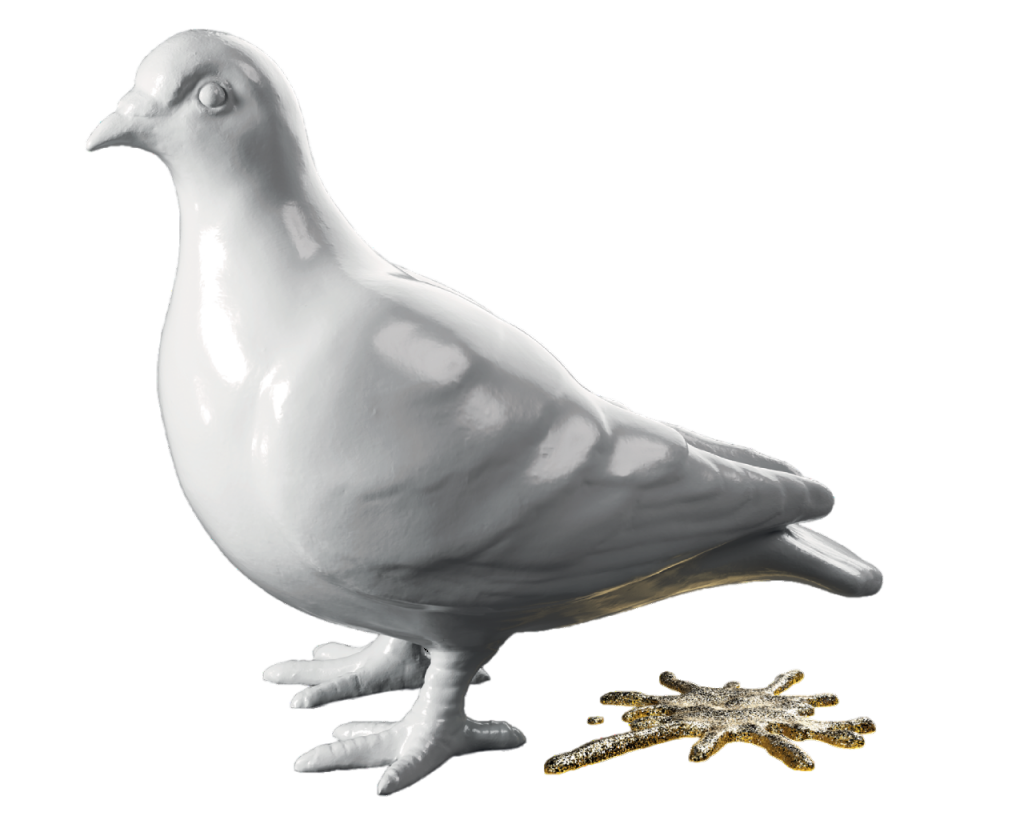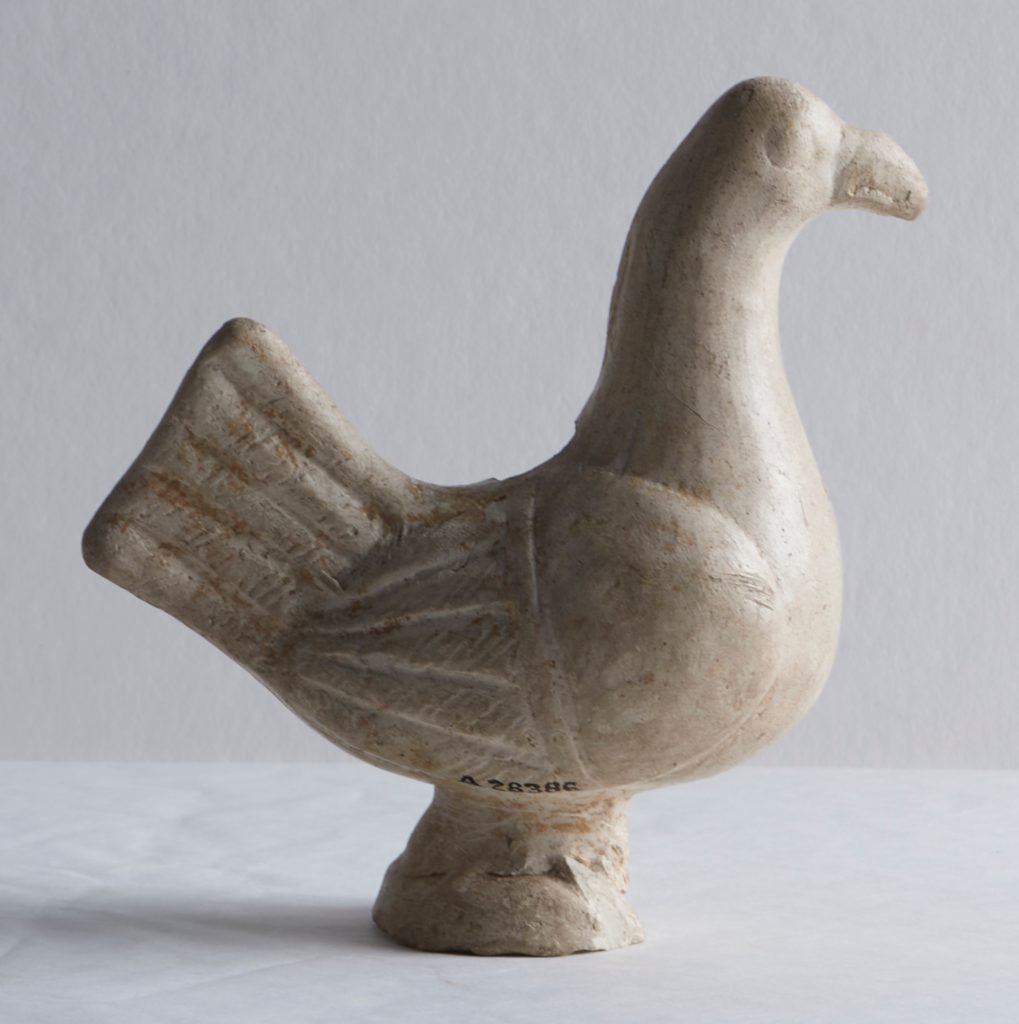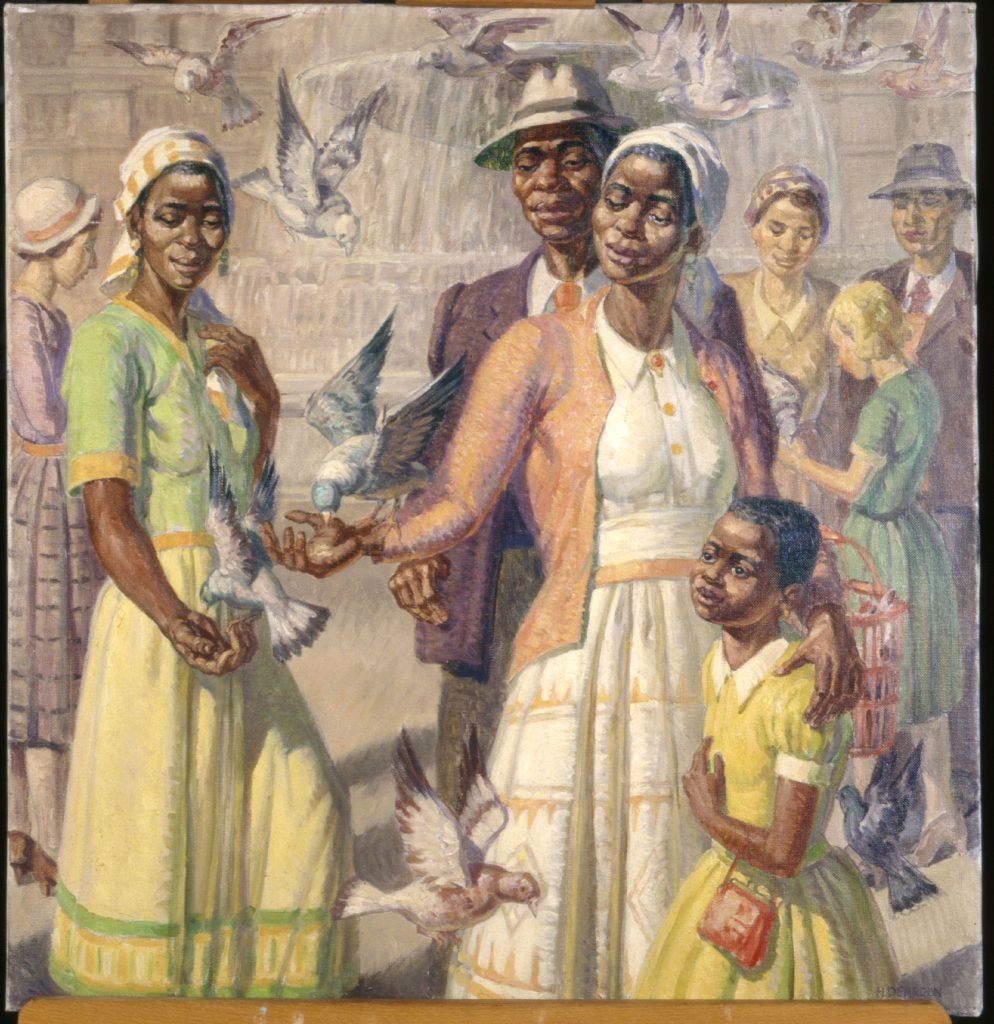Museums & Institutions
Why Is This Museum’s New Logo a Pigeon Pooping?
The surprisingly crude new mascot is dividing London residents.

The surprisingly crude new mascot is dividing London residents.

Jo Lawson-Tancred

How to represent a city as old, sprawling, and populous as London? The London Museum shocked the internet when it debuted its new logo: a humble pigeon who, as the locals might say, has just gone to the loo. Looking a bit less dingy grey than usual, the gleaming white porcelain pigeon is accompanied by a glittering gold splatter of bird droppings.
According to a blog post, the newly rechristened London Museum (formerly the Museum of London) chose this quintessential urban bird as a symbol for the U.K. capital because it has remained “an impartial and humble observer of London life” for nearly 1,000 years.
The controversial logo has been designed by Uncommon Creative Studio, who enlisted the help of 33 Londoners from 32 boroughs, including a chef, a DJ, a children’s TV producer, a boxer, and a tattoo artist. They collaborated on the logo via workshops and focus groups, informed by the input of hundreds more Londoners whose opinions were solicited via survey.
“A good logo gets people talking,” said the museum’s director Sharon Ament. “The pigeon and splat speak to a historic place full of dualities, a place where the grit and the glitter have existed side by side for millennia.”

Roman pigeon figurine. Photo: © London Museum.
The pigeon has split opinion online, with some believing it to be a humorous homage to city life while others have found it “baffling,” in the words of Maxwell Blowfield, author of the popular “maxwell museums” newsletter. “No one ever thinks, feels or speaks about pigeons,” he said. “They’re one of the least unique things about London.”
“London is a remarkable place,” he added. “Yet the London Museum has has managed to avoid representing anything remarkable about it in this rebrand. Which is in itself remarkable.”
So what is the history of pigeons in London? The birds are descended from rock doves and were domesticated in the U.K. at around the time of the Norman Conquest, in 1066, as a food source as well as for long-distance communication. Some managed to escape, becoming the feral pigeons that roam free today.
A white clay Roman figurine of a pigeon from the 1st century C.E. is in the London Museum’s collection, speaking to this origin story.

Painting by Harold Dearden of a Caribbean Family in Trafalgar Square from the 1950s. Photo: © London Museum.
In more recent centuries, some Londoners have taken kindly to pigeons. In the Victorian era, it became common for people to sell bags of bird seed to visitors to give to the pigeons. This was particularly commonplace in Trafalgar Square, as in one scene by Harold Dearden in the 1950s.
Another “little old bird woman” is described each morning on the steps of St. Paul’s Cathedral in “Feed the Birds” from the film Mary Poppins (1964). The practice was banned when, in 2000, the Greater London Authority stopped the square’s resident feed seller Bernie Rayner from supply grain to tourists. Pigeons are often viewed as unwelcome pests, and feeding them would encourage them return to the square as they are able to remember faces and places.
Will museum-goers find this unusual logo memorable, or is it for the birds?